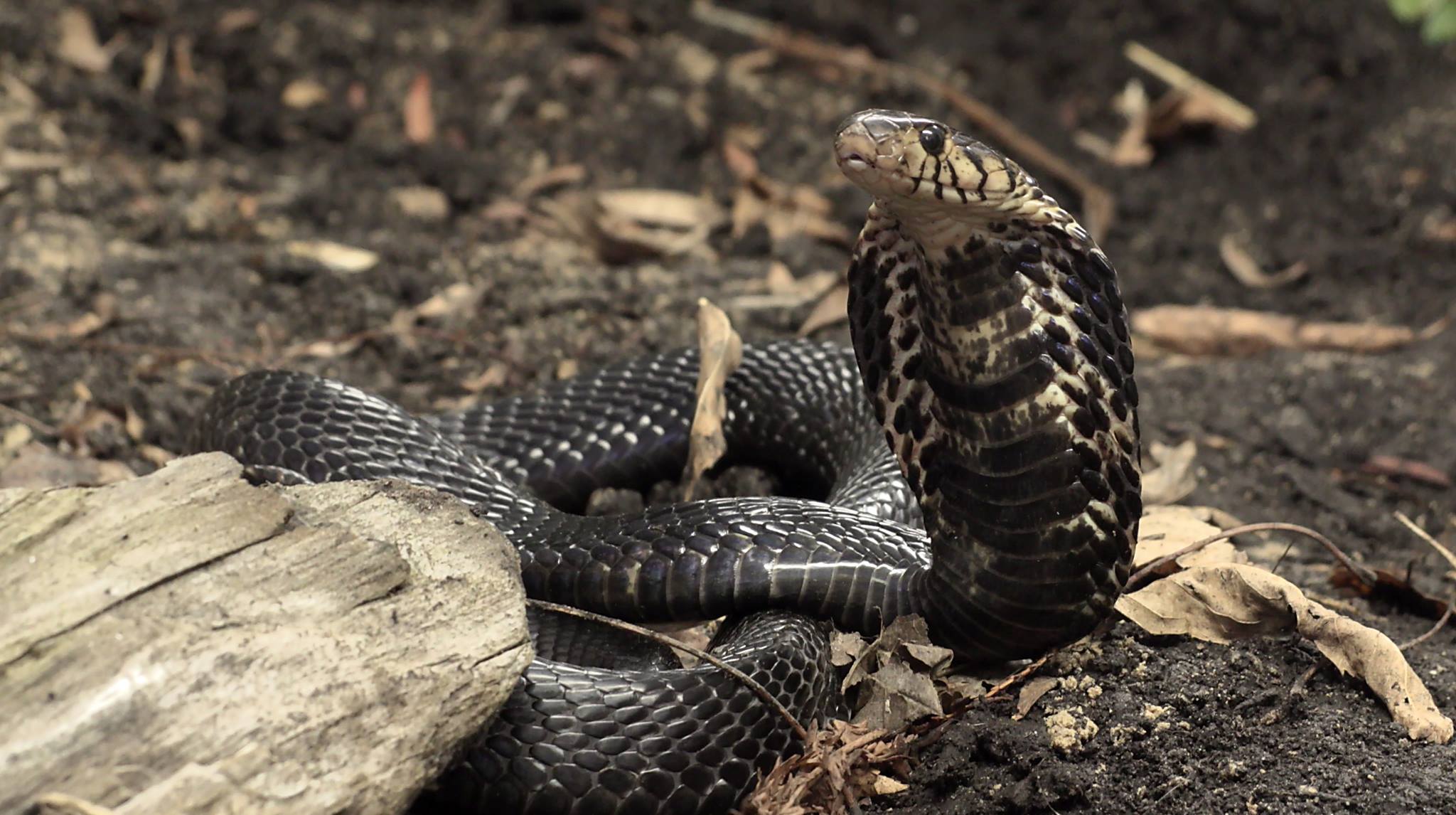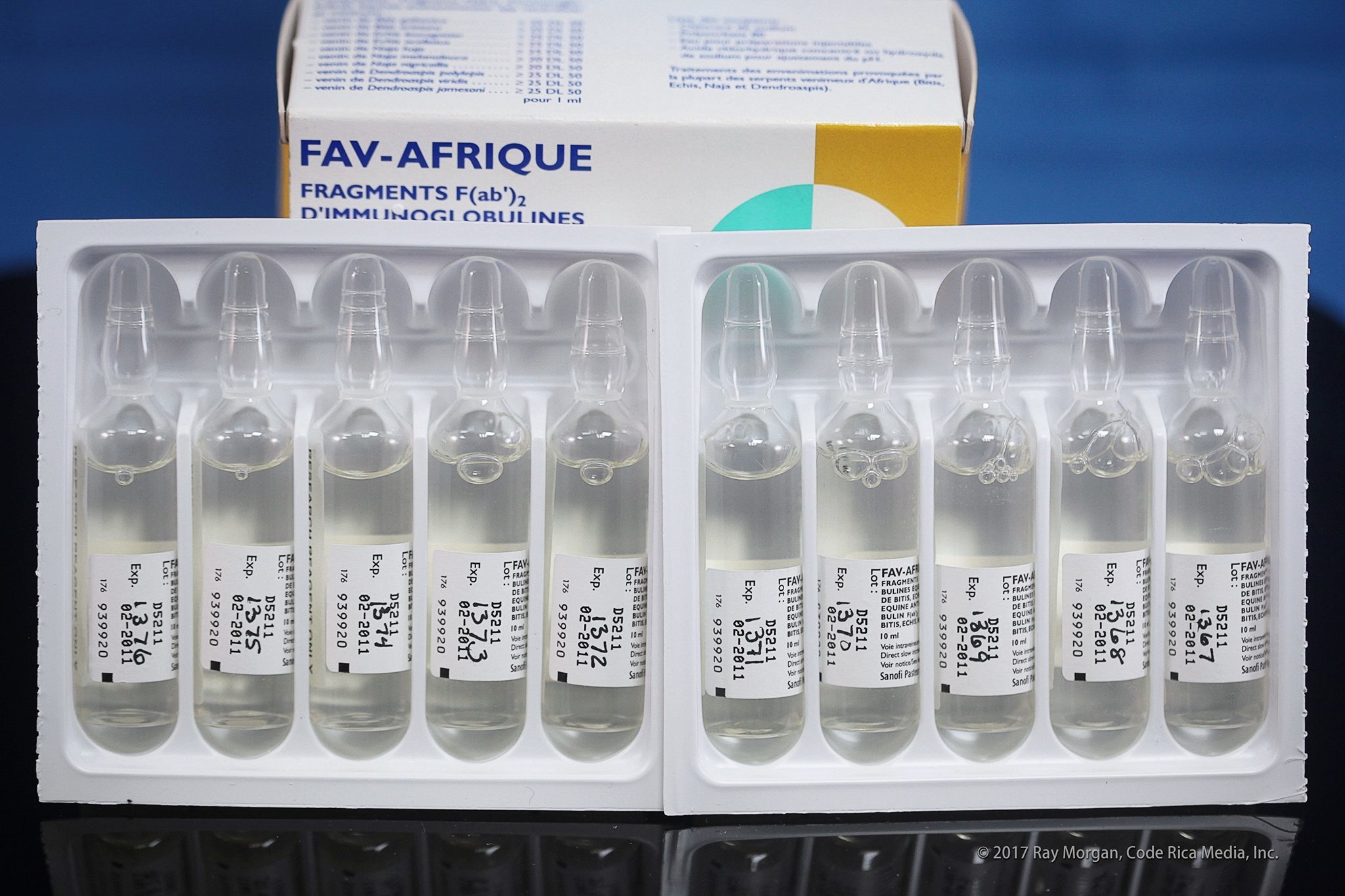Sonora
Flying was her life. Snakes were her specialty.
Properly, scientists call red-tailed hawks Buteo jamaicensis, but Sonora was a special creature and she had a name of her own, given by the trainers at the Arizona-Sonora Desert Museum. Sonora was four years old, she weighed two and a half pounds, and she knew every part of the museum that was visible from the sky. Flying was her life. When . . .
Viruses and the Biologics Control Act of 1902
How tetanus and diphtheria outbreaks influenced the safety of antivenom in the US
The earliest antivenoms were crude “antiserum” products. Antiserums were developed mainly in order to cure infectious diseases, such as diphtheria, in the days before we had childhood immunizations and antibiotics. Before the turn of the 20th century, antiserums produced from the blood serum of immunized horses saved many human lives. But . . .
African Horse Sickness
What reptile keepers in the US need to know
It’s been a while since I last posted an entry in this blog. Recently, though, I’ve received several requests for assistance related to a problem I have not covered before: African Horse Sickness. The requests are coming from zoo personnel and private collectors of venomous snakes, in various places in North America.
What is African . . .
Venomous Snakes: a Safety Guide for Reptile Keepers
Guest contribution from William Altimari, first published 1998 by the Society for the Study of Amphibians and Reptiles
From time to time I receive information created by colleagues in the days before online posting was commonplace. Today I was honored to receive a copy of a classic safety guide, provided by author William Altimari. It was first released in 1998 by the Society for the Study of Amphibians and Reptiles, in Herpetological Circular No.26; but most . . .
Introducing a new series of snakebite training videos
Freely available online in French, Spanish and English, "Snakebite and Treatment in Sub-Saharan Africa" summarizes knowledge from experts in public health, biology, manufacturing, and clinical care.
What can be done to correct the antivenom shortage in Africa, and to bring prices down, worldwide?

The forest cobra, Naja melanoleuca, is common throughout sub-Saharan west Africa. Emergency medical care after its bite includes prompt administration of antivenom, to prevent nerve paralysis.
In Part 1 of this article, I . . .
The Vicious Circle of Antivenom Shortage
What's going on in Sub-Saharan Africa?
What is going on with the shortage of antivenom in Africa?

Discontinuation of Sanofi Pasteur's Fav-Afrique brought attention to a longstanding shortage of antivenom in sub-Saharan Africa.
Followers of this blog may rightly wonder what happened, after the “Giving African Doctors a Voice” guest blog in May 2016. . . .
Giving African Doctors a Voice
A guest blog / press release from the African Society of Venimology
To my friends and colleagues in the world of toxinology: I have received an urgent request for help from professional colleagues who lack an internet presence of their own. The following message arrived in my email today, on the eve of a major international event (it is Monday, May 23 in Arizona but Tuesday, May 24 in Geneva). I present it . . .
